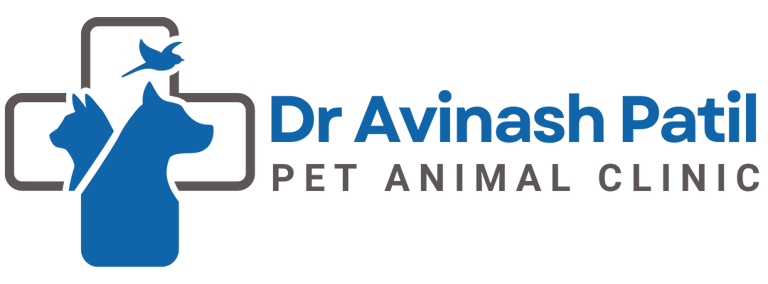What’s Really in Your Pet’s Bowl? The Do’s and Don’ts of Pet Nutrition
Discover the do’s and don’ts of pet nutrition, including which foods to avoid and how to ensure a balanced diet for your furry friend.


Introduction: Why Pet Nutrition Matters
As pet parents, we want the best for our furry companions, but do we really know what’s in their bowl? Nutrition plays a vital role in your pet’s health, longevity, and overall well-being. Feeding the wrong foods can lead to obesity, digestive issues, and even life-threatening conditions. In this guide, we’ll explore what to feed and what to avoid, ensuring your pet gets the balanced diet they deserve.
The Do’s of Pet Nutrition ✅
1. Prioritize High-Quality Protein Sources 🍖
Protein is essential for muscle development, tissue repair, and energy. Look for:
✔ Lean meats like chicken, turkey, and fish
✔ Eggs for amino acids and essential nutrients
✔ Organ meats (in moderation) for added vitamins and minerals
Pro Tip: Always cook meat properly to avoid bacterial infections!
2. Include Healthy Fats for a Shiny Coat 🥑
Fats provide energy and keep your pet’s skin and coat healthy. Good sources include:
✔ Fish oil (rich in Omega-3)
✔ Coconut oil (boosts metabolism)
✔ Olive oil (supports heart health)
3. Add Fruits & Vegetables for Essential Nutrients 🥦
While pets are primarily carnivores, small portions of fruits and vegetables provide fiber, antioxidants, and vitamins.
✔ Safe for pets: Carrots, apples (seedless), blueberries, pumpkin
✔ Rich in fiber: Sweet potatoes, spinach, green beans
The Don’ts of Pet Nutrition ❌
1. Avoid Toxic Foods 🚫
Some human foods can be toxic to pets and should never be fed. These include:
❌ Chocolate – Contains theobromine, which is deadly for dogs and cats.
❌ Onions & Garlic – Can damage red blood cells, leading to anemia.
❌ Grapes & Raisins – May cause kidney failure.
❌ Xylitol (Artificial Sweetener) – Found in sugar-free gum, it can cause severe hypoglycemia.
👉 Reference: American Veterinary Medical Association (AVMA)
2. Say No to Processed & Junk Foods 🍟
While commercial pet treats may seem convenient, many contain:
❌ Artificial preservatives – Linked to allergies and digestive issues
❌ Excessive salt & sugar – Can lead to diabetes and obesity
❌ Fillers (Corn, Soy, Wheat) – Provide little nutritional value
3. Be Cautious with Dairy & Bones 🥛
Dairy: Many pets are lactose intolerant, leading to diarrhea and bloating.
Bones: Cooked bones splinter easily, causing choking hazards or intestinal damage.
How to Ensure a Balanced Diet for Your Pet
1️⃣ Check Ingredients – Read pet food labels carefully. Avoid fillers and artificial additives.
2️⃣ Follow Portion Control – Overfeeding leads to obesity. Measure food based on weight and activity level.
3️⃣ Hydration Matters – Ensure your pet has constant access to fresh, clean water.
4️⃣ Introduce New Foods Gradually – Sudden diet changes can cause digestive issues.
5️⃣ Consult a Veterinarian – Get a tailored diet plan based on your pet’s breed, age, and health needs.
Keep Your Pet’s Bowl Healthy & Safe!
Your pet’s diet is the foundation of their health. By feeding them high-quality proteins, healthy fats, and safe fruits & veggies, you can ensure a long, happy life for your furry friend. Avoid toxic foods, processed treats, and harmful additives to keep their diet clean and nutritious.
Dr Avinash's Pet Clinic
Dr Avinashs Pet Clinic veterinary services for your beloved pets.
CLinic Address
Contact Us
LG 5, Regal Plaza Basement,
Gladys Alvares Road,
Lokpuram, Thane
© 2025. All rights reserved.
designed by magnetic branding
